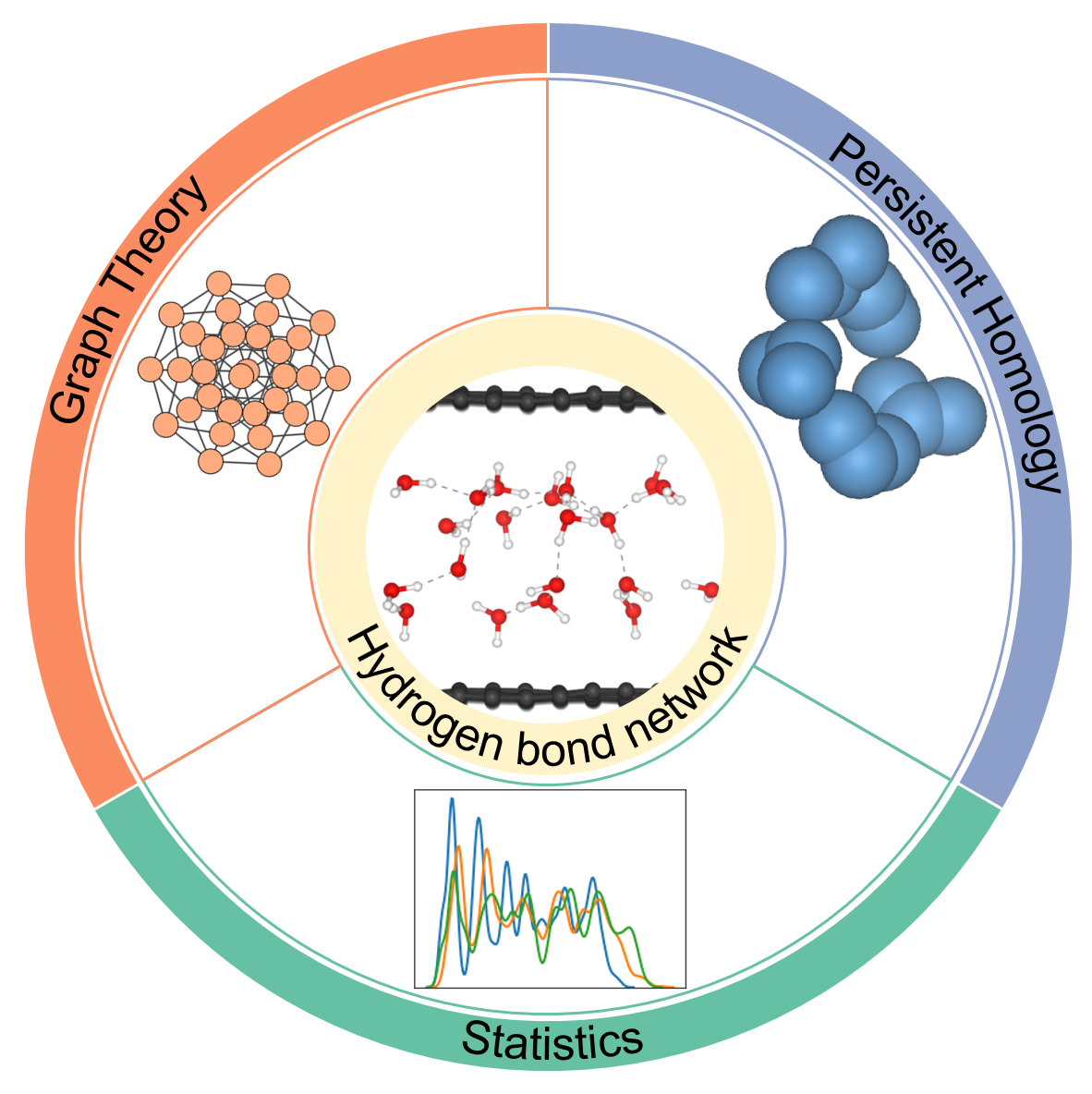
Cover Picture
Hierarchical Pt/NiO hollow nanofibers for catalytic oxidation of HCHO at room temperature
Xinyu Zeng, Zhuofan Zeng, Qingqing Hu, Kejun Liu, Lei Ming, Bei Cheng, Wang Wang*, Guoqiang Luo, Shaowen Cao* Submit a Manuscript
Hierarchical Pt/NiO hollow nanofibers for catalytic oxidation of HCHO at room temperature
Xinyu Zeng, Zhuofan Zeng, Qingqing Hu, Kejun Liu, Lei Ming, Bei Cheng, Wang Wang*, Guoqiang Luo, Shaowen Cao* Submit a Manuscript
Investigation of water structure and proton transfer within confined graphene by ab initio molecule dynamics and multiscale data analysis
Heng-Su Liu, Xi-Ming Zhang, Ge-Hao Liang, Shisheng Zheng*, Jian-Feng Li*
Chin. J. Struct. Chem., 2025, 44(6), 100596. DOI: 10.1016/j.cjsc.2025.100596
June 1, 2025
Molecular dynamics; Graphene; Confined water; Graph theory; Persistent homology
ABSTRACT
The structure of water and proton transfer under nanoscale confinement has garnered significant attention due to its crucial role in elucidating various phenomena across multiple scientific disciplines. However, there remains a lack of consensus on fundamental properties such as diffusion behavior and the nature of hydrogen bonding in confined environments. In this work, we investigated the influence of confinement on proton transfer in water confined within graphene sheets at various spacings by ab initio molecule dynamic and multiscale analysis with time evolution of structural properties, graph theory and persistent homology. We found that reducing the graphene interlayer distance while maintaining water density close to that of bulk water leads to a decrease in proton transfer frequency. In contrast, reducing the interlayer distance without maintaining bulk-like water density results in an increase in proton transfer frequency. This difference is mainly due to the confinement conditions: when density is unchanged, the hydrogen bond network remains similar with significant layering, while compressive stress that increases density leads to a more planar hydrogen bond network, promoting faster proton transfer. Our findings elucidate the complex relationship between confinement and proton transfer dynamics, with implications for understanding proton transport in confined environments, relevant to energy storage and material design.







